The iPad Air 6 is a replacement of the iPad Air 5, and makes a few significant changes to the tablet. However, unlike the iPhone, the iPad Air is updated on a sporadic basis, as components become inexpensive enough to update.
For 2024, the iPad Air 6 has a few key updates. The most obvious was a change from the M1 to the M2 chip, increasing performance for users.
The other is a physically bigger change. Instead of a single 10.9-inch display, Apple instead opted for two size versions: 11 inches and 13 inches.
Other than the physical size, different battery capacities, and bigger screen, there are no differences between the 11-inch and 13-inch models.
The update does mean that the iPad Air line is much closer to the iPad Pro than ever before. With the physical design still remaining close to the fifth-gen model and the iPad Pros, the new iPad Air offers much of the processing capabilities, but misses out on some Pro-tier features.
iPad Air 6 Features
The iPad Air 6 fits into the product lineup between the high-performance iPad Pro and the budget-focused iPad. It's easy to think of it more as a lower-cost iPad Pro, which is helped considering the previous iPad Pro generation used the M2 chip the iPad Air uses.
Display
The screen of the iPad Air continues to be a Liquid Retina display, an LED-backlit Multi-Touch screen with Wide Color (P3) and True Tone support.
There are two display sizes to consider now, with the smaller being the 11-inch model. That has a resolution of 2,360 by 1,640 pixels, giving it a pixel density of 264ppi.
The 13-inch newcomer has a resolution of 2,732 by 2,048 pixels, and an equal pixel density of 264ppi.
As well as a size difference, the bigger model can also go brighter. The 11-inch manages 500 nits, whereas the 13-inch can go up to 600 nits.
Another change is stylus support, with the iPad Air working with the Apple Pencil with USB-C and the new Apple Pencil Pro.
While the physically larger casing means Apple's including a physically larger battery, it doesn't affect battery life. The iPad Air 6 has the same battery usage times as the fifth-gen, at 10 hours of web surfing on Wi-Fi, or 9 hours on cellular.
Cameras
Around the back, the 12-megapixel camera is the same as the previous model. Capable of 4K video and 1080p 240fps Slo-Mo, it has an f/1.8 aperture and a 5x digital zoom.
The front camera is updated in a few ways, but chiefly by its Landscape mounting position. The Ultra Wide 12MP camera has a newer more open f/2 aperture, as well as a 2x zoom out, Center Stage, and 1080p 60fps video.
Processor and Network
While the iPad Air 5 had the M1, Apple moved to the M2 chip for the iPad Air 6. This is the chip that the iPad Pro had before its shift to the M4 generation.
The change to M2 means 15% faster CPU performance over the last generation, as well as a 40% faster 16-core Neural Engine.
However, Apple issued an update to its specifications from launch, advising it had a nine-core GPU instead of the previously claimed 10-core GPU.
The chip also has the Media Engine, which features hardware-accelerated H.264 and HEVC video encoding and decoding.
Memory continues to be set at 8GB. Storage options have expanded, with consumers able to get 128GB, 256GB, 512GB, and 1TB capacities.
For wireless connectivity, the Wi-Fi has been upgraded from Wi-FI 6 to Wi-Fi 6E. Bluetooth 5.0 in the fifth-gen model has been upgraded to Bluetooth 5.3.
Cellular connectivity is a configurable option. However, unlike the iPhone lineup, the iPad only supports the sub-6GHz version of 5G, as well as Gigabit LTE.
USB-C and Smart Connector
Following the fifth-generation's change to USB 3.1 Gen 2, the sixth-generation iPad Air maintains the connectivity once again. This means accessories can transfer files at up to 10GB/s.
This isn't as fast as 40GB/s Thunderbolt, as found on the iPad Pro, but it's still a help.
There is also the continued use of the Smart Connector on the rear. This is used to attach the iPad Air to accessories such as the Magic Keyboard, with it handling both data and power transfers.
Not quite Pro
The iPad Air is still a crossover device between the consumer-centric and low-cost iPad and the professional-grade iPad Pro range. It's a fairly useful option that offers some of the best of both worlds.
The iPad Air loses out to the iPad Pro when it comes to things like the use of OLED for the display. That screen also has ProMotion support, so it can go up to 120Hz while the iPad Air manages 60Hz.
The camera system on the iPad Pro has now been pared down to just one camera instead of two, but it still offers LiDAR, which iPad Air lacks.
You've also got USB-C instead of Thunderbolt, but unless you're transferring files regularly, that shouldn't be an issue for iPad Air users.
The use of M4 in the Pro model also means there's a performance difference compared to the iPad Air, but the Air's M2 chip is no slouch either.
The areas where the iPad Air wins over the iPad are also fairly similar. The M2's performance is miles better than the A14 Bionic chip in the iPad.
Then there's the display, as you can't get a 13-inch version of the baseline iPad at all.
Storage is also a big checkmark for the iPad Air over the iPad. While the iPad is available in 64GB and 256GB capacities, the iPad Air goes from 128GB to 1TB.
The iPad Air is a middle ground for when the iPad isn't enough, but the iPad Pro is too excessive.
iPad Air 6 Review
The new iPad Air's large screen is a great addition at an excellent price point, but overall the line still lacks excitement.
The display looks sharp, bright, and vivid, even if it doesn't boast the same black levels or contrast ratios as those new OLED iPad Pros. For nearly every user who wants a little more than the entry-level 10th generation iPad or replacing an older iPad, it will still look fantastic and be more than good enough.
The 13-inch iPad Air does have the benefit of extra volume to its speakers, granting more bass, and we can attest it helps. The iPad Pro's audio system still sounds better, though.
The movement of the front camera to the landscape side versus portrait is due to the belief more people use their tablets for calls horizontally. We're still not sure we buy this argument given observation of actual users outside the prosumer ecosystem, but okay.
The general rule for processor changes is that an above-average user needs at least a 10% performance gain to see any day-to-day difference. We got that here with the M2, but not by a lot.
Overall, the M2 iPad Air is a wonderful piece of tech for gaming, reading, and creating to various degrees. Consuming content was fine, as it has been for a decade on iPad, with multitasking easy to perform.
But, it's not an update for annual iPad buyers. It's for new users, converters, or for people who haven't updated in several years.
Pros
- At least a little bit of color left in the design
- New 13-inch size that's cheaper than the pros
- M2 chip improves performance
- Upgraded to Wi-Fi 6E
- No longer starts at 64GB of storage
- Apple Pencil Pro is a great add-on
Cons
- Colors need more vibrancy
- Won't work with the new Magic Keyboard
- Despite new M2 chip, largely unchanged
Pricing and deals
The iPad Air 6 starts from $599 for the 11-inch model with 128GB of storage and Wi-Fi connectivity, rising to $1,099 for 1TB. Cellular costs an extra $159, bringing the price range up to $749 to $1,249. Apple resellers, though, are discounting every model, with the deals at your fingertips in our 11-inch iPad Air 6 price comparison guide.
The 13-inch model starts at $799 for 128GB, rising to $1,299 for 1TB. The cellular upgrade is identical, making the range $949 to $1,449. Shop the lowest 13-inch iPad Air 6 prices across popular Apple retailers in our iPad Price Guide.
The iPad Air 6 is available in four colorways: Space Gray, Blue, Purple, and Starlight.

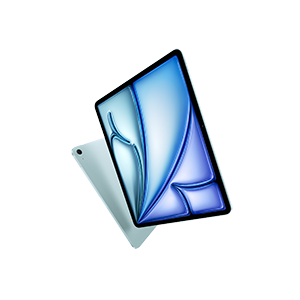
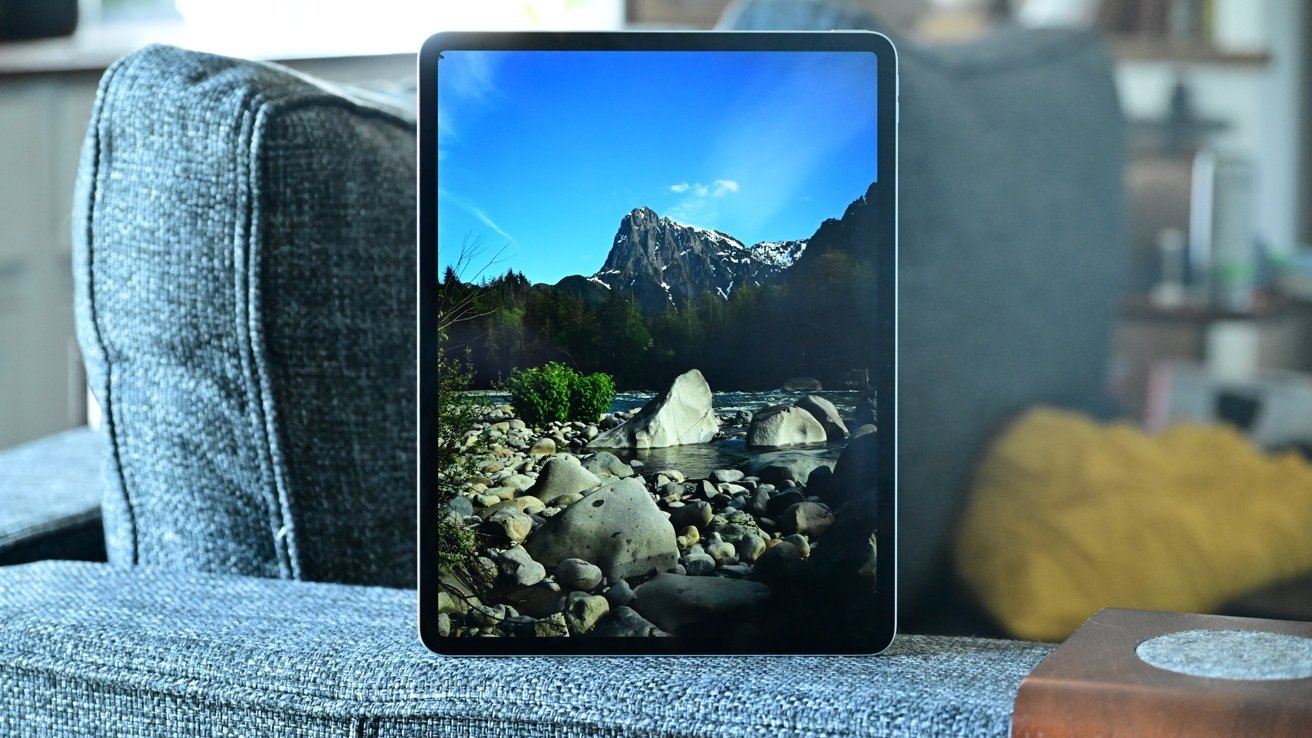
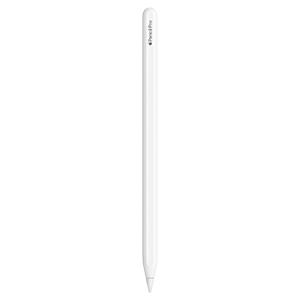
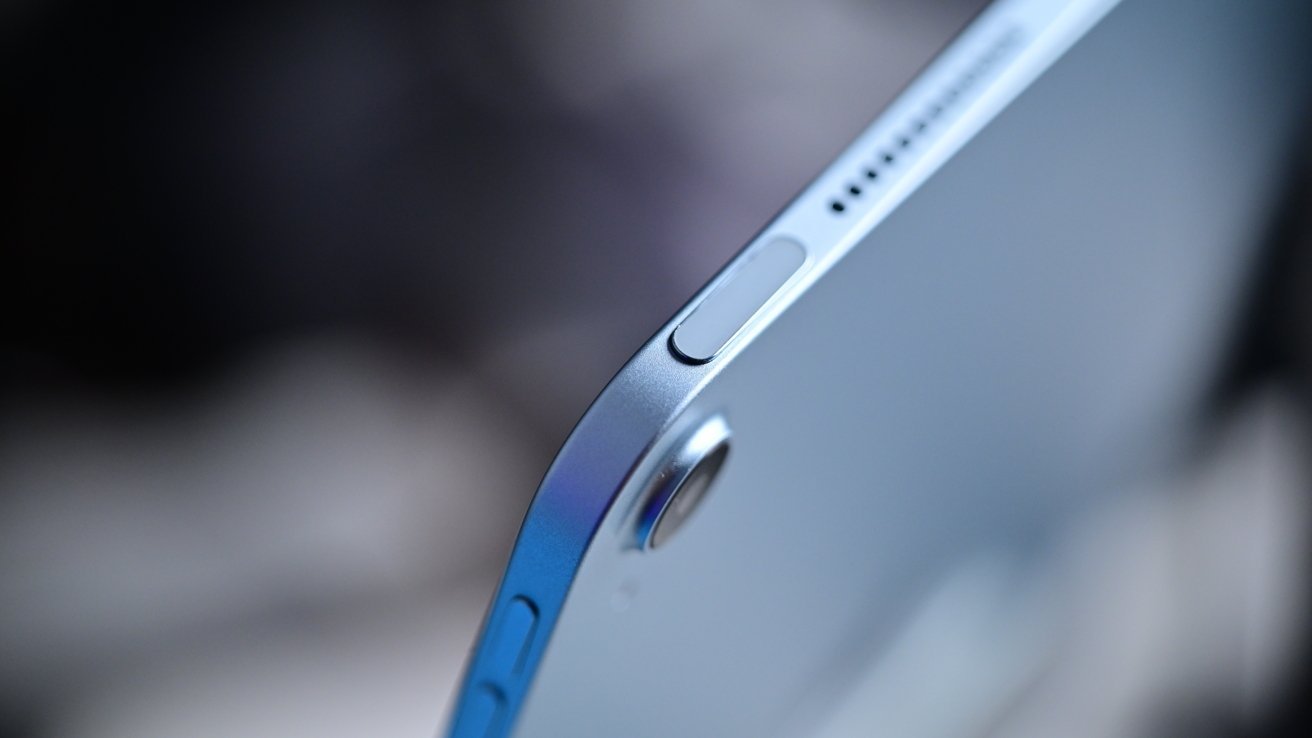
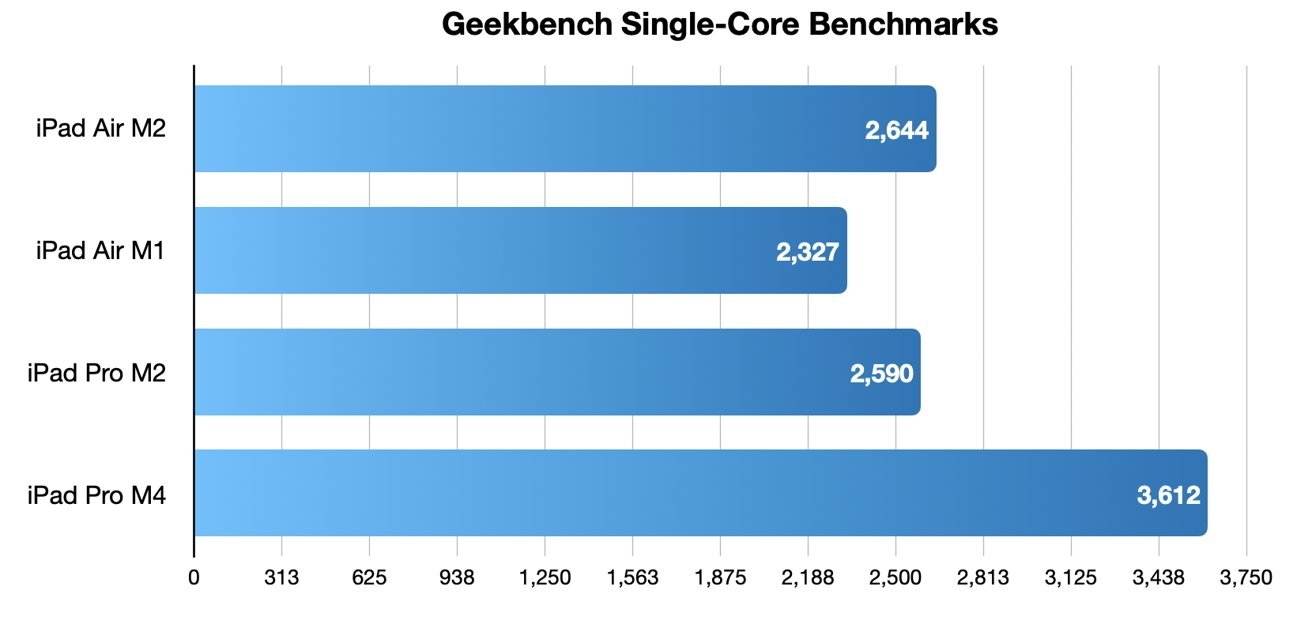

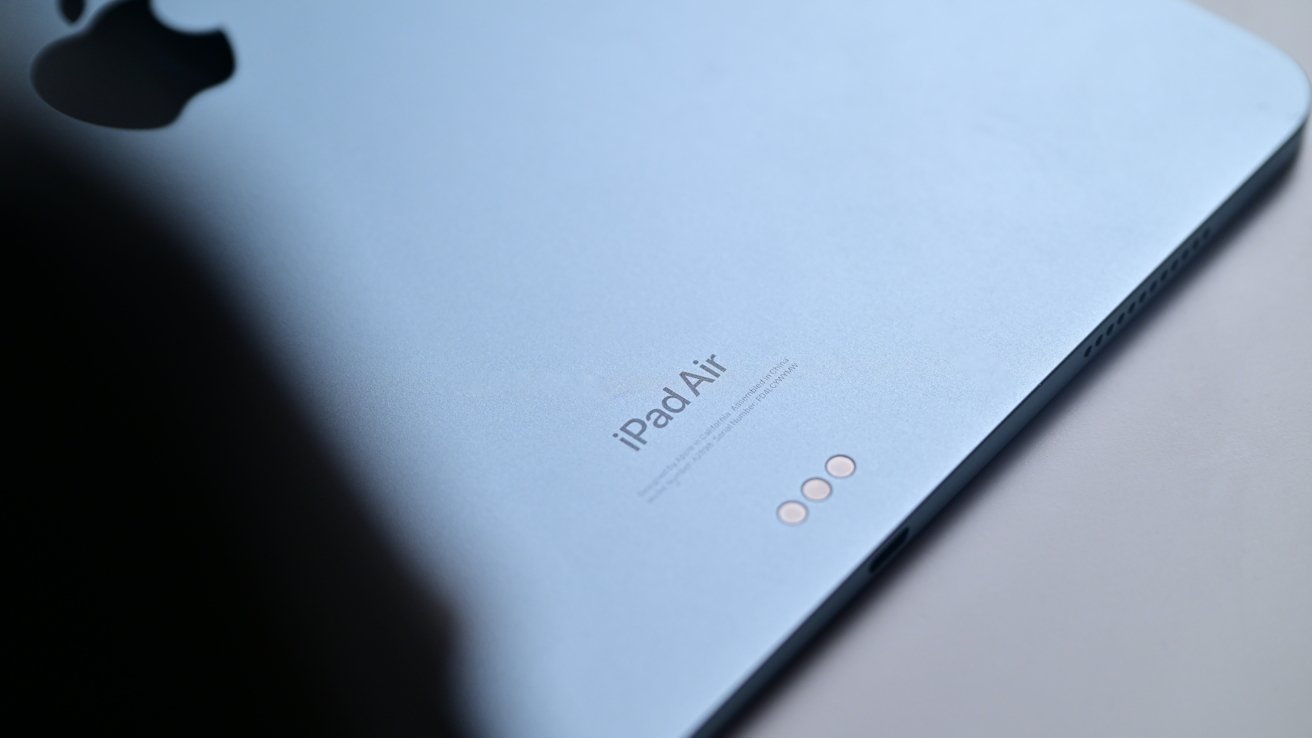
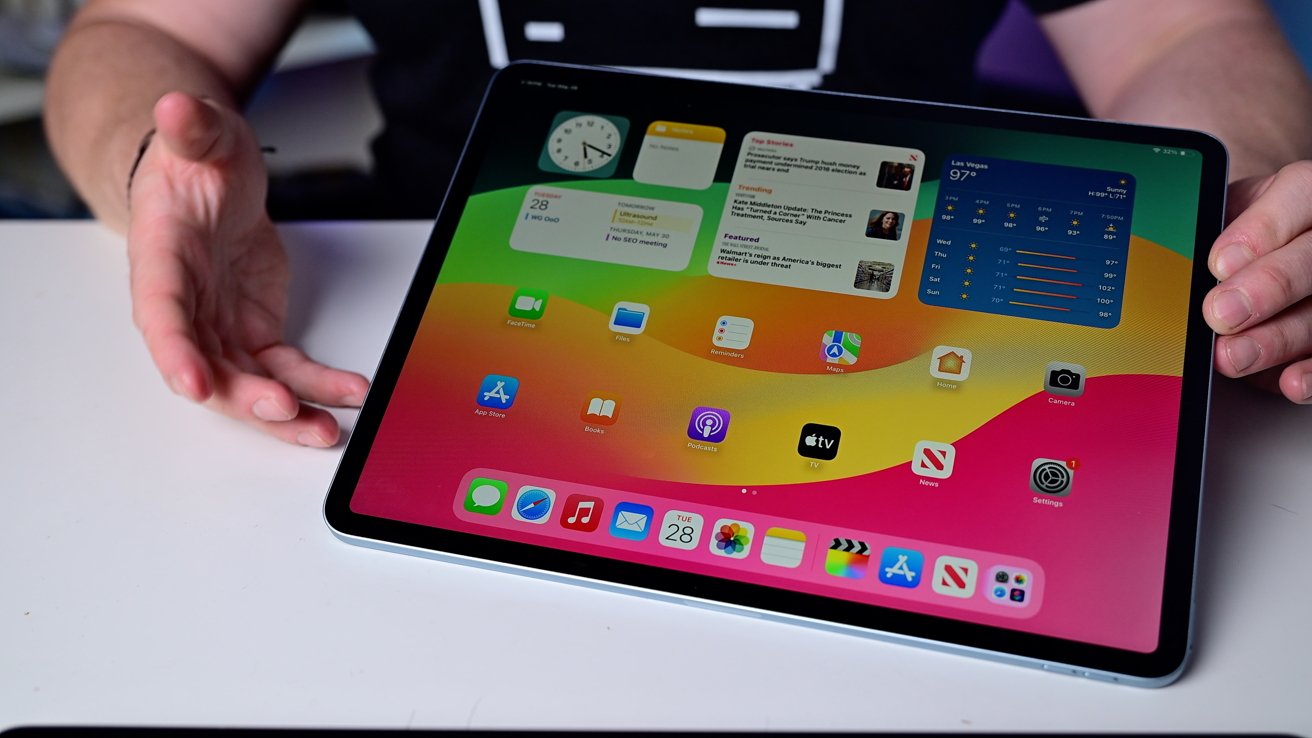
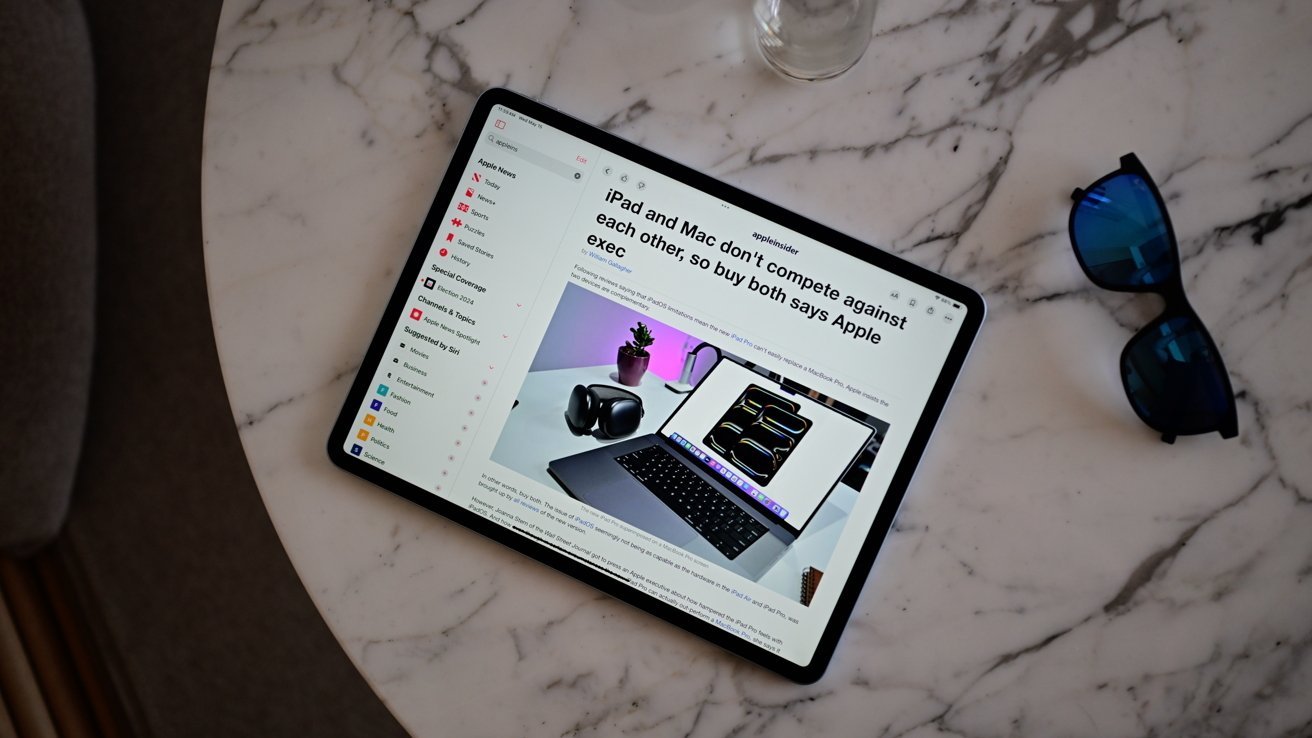
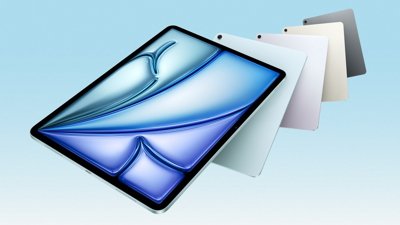
 Malcolm Owen
Malcolm Owen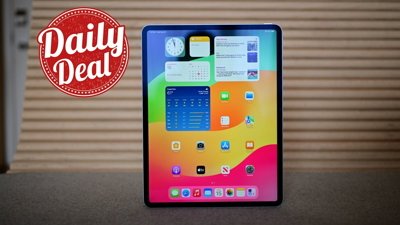
 Christine McKee
Christine McKee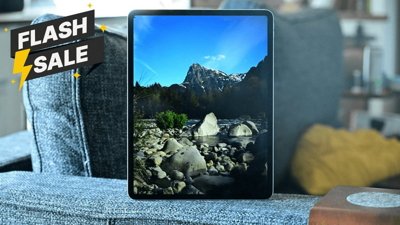
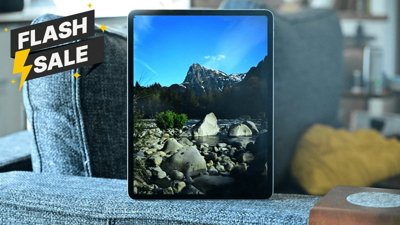

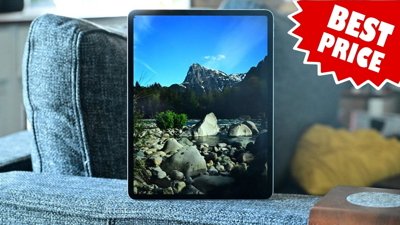
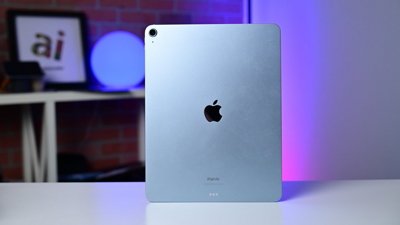
 Andrew O'Hara
Andrew O'Hara
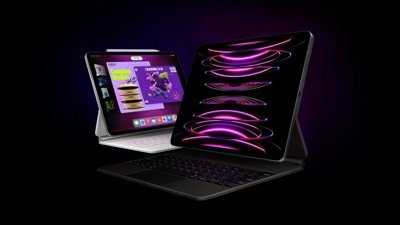
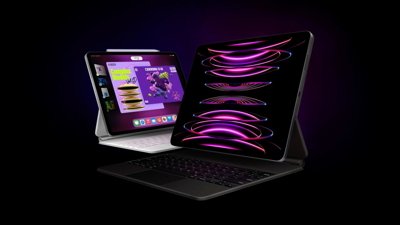
 Amber Neely
Amber Neely